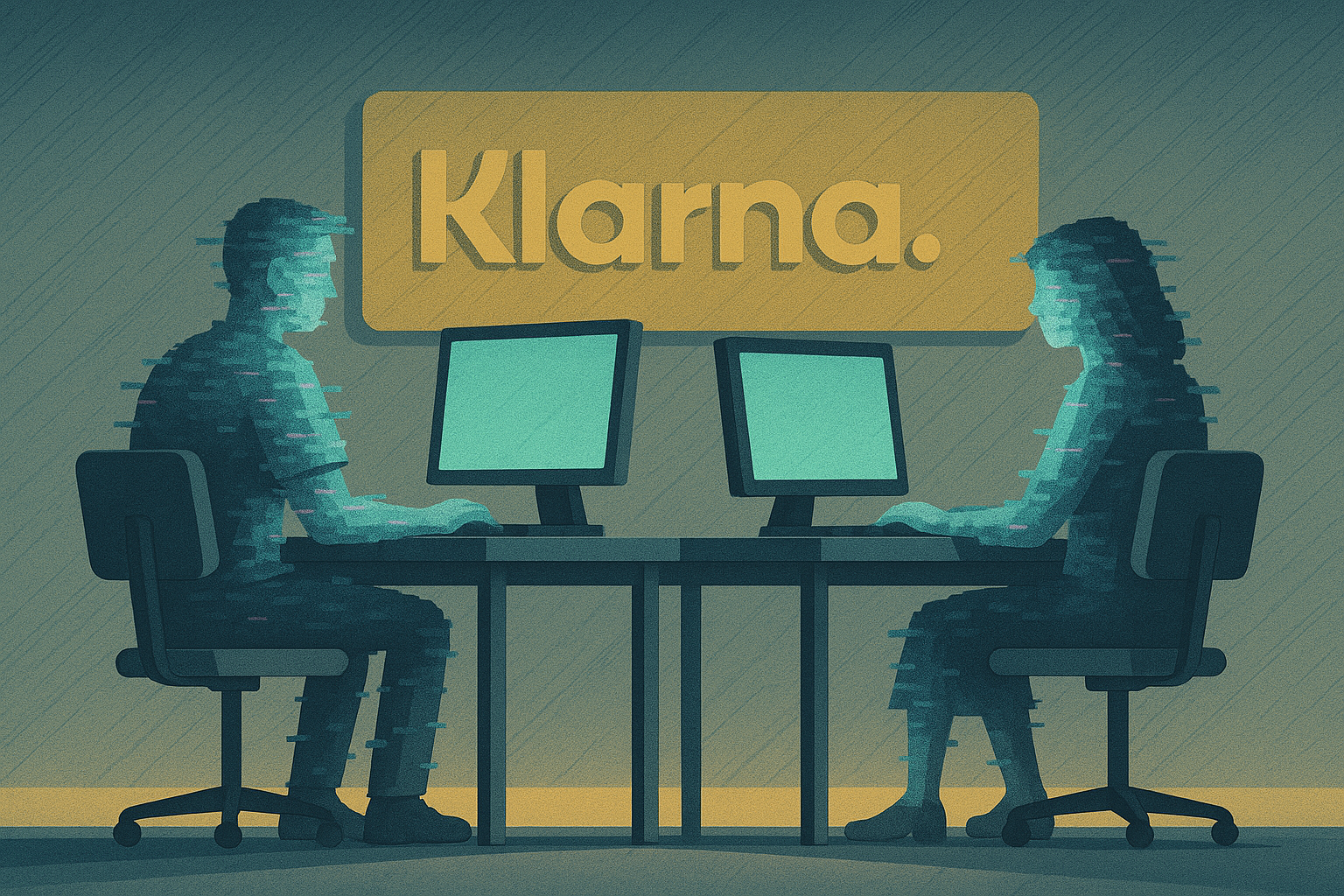Work-life balance is off kilter. While technology has been a gamechanger for facilitating flexibility in terms of where we work, it has also removed boundaries. Companies are coming to expect instant, synchronous communication, driving a new trend being dubbed ‘the infinite workday.’
According to Microsoft’s 2025 Work Trend Index Annual Report, it’s a phenomenon that’s seeing workers checking emails by 6 am (40%), receiving 275 daily interruptions, the equivalent of an interruption every two minutes, and experiencing a 16% uptick in meetings after 8 pm. Dr. Gloria Mark at UC Irvine offers a starker, more accurate reality based on decades of peer-reviewed research: knowledge workers manage just 47 seconds of work before being interrupted – an involuntary cognitive disruption that costs them over 23 minutes to fully refocus.
This level of fragmentation has a severe impact if left unchecked. Having work encroach across people’s lives is making them less productive, and can lead to disengaged employees, crippled innovation and, worse, eroded psychological safety. A reset is needed if businesses want to avoid this bleak future.
The consequences of chaos in work —
The interruption cycle that’s gripped workers is taking its toll in more ways than one. This pressure means workers often feel obligated to be constantly available to address issues or simply to respond to emails in good time. But this disruption can be avoided if people have more clarity and alignment especially following project meetings.
Our data reveals 37% of UK workers say they leave meetings unsure of what they’re expected to do next and 47% state their project teams lack alignment. If teams were on the same page at the start, there would be fewer interruptions from colleagues checking on work status, document locations, and task objectives. Left unchecked, people remain caught in a constant stream of questions that hampers capacity for deep work. The result of this confusion and disruption is a downward spiral: disengaged employees, stifled innovation, and a workforce unable to adapt at the speed modern businesses require. This unsustainable model demands a shift from accidental chaos to intentional, visual clarity in how we work.
Shift from reactive to proactive communication —
If a workplace isn’t providing clear guidance on how to manage the flow of information or collaborate effectively in a hybrid setup, employees should feel safe to point out the impact and request a change. Reducing our collective reliance on reactive, synchronous communication is key.
However, expecting workers to ‘make space’ for themselves in a chaotic system without executive leadership’s intentional design can undermine psychological safety. Often, management talks about a sustainable pace while inadvertently rewarding “hero” behaviours that undermine work-life balance, sending deeply conflicting signals.
Therefore, senior management should shift its focus from where or when work gets done to how it gets done. The same Lean and Agile principles that brought efficiency to software teams should be applied – those of intentional communication, clear processes and protected focus. It’s up to companies to provide the right training and coaching, and to foster a culture where teams feel safe to contribute their best work without feeling constantly overwhelmed.
The foundation for focused work —
Digital collaboration tools are foundational to this shift. They enable better alignment and help work integrate more seamlessly into life. When teams can organise information and collaborate effectively, it’s easier for everyone to focus and contribute. This is a critical fix: our research shows UK workers waste up to 520 hours a year just searching for information. This constant seeking fuels the interruption cycle and demonstrates the high cost of scattered knowledge. Digital collaboration tools make a difference by centralising information and making project details visually accessible.
Many workers see AI as a powerful ally due to its automation capabilities. AI can simplify complex workflows so people spend less time getting up to speed and more time on high-impact work. By incorporating visuals and AI, teams can quickly align on priorities and decisions, leading to more productive meetings and successful outcomes.
However, AI is an accelerant; applying it to flawed, chaotic workflows will only accelerate the chaos, not fix it. Before AI can truly reduce the workload, the foundational reset must take place, starting with clear processes, intentional design, and visual-first collaboration.
The intentional reset —
The core challenge behind chaotic work isn’t where it’s done, but how. The infinite workday is not an inevitable price for flexibility; it is a symptom of systems degraded by accidental disruption, not defined by intentional flow.
But this is a system we can choose to redesign. By shifting from reactive communication to visual clarity, our synchronous moments become high-value connections, allowing us to reclaim the deep work that drives innovation.
This is the fundamental reset that allows us to build workplaces designed for human cognition and genuine flow, moving us from merely surviving the infinite workday to truly flourishing in a more humane and effective future.

Bryan Stallings is Chief Evangelist at Lucid.





You must be logged in to post a comment.